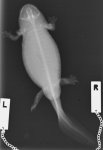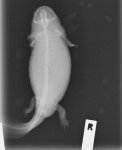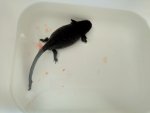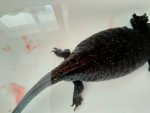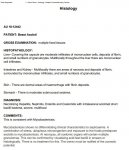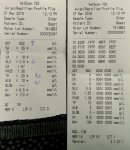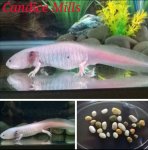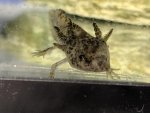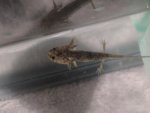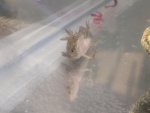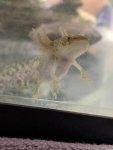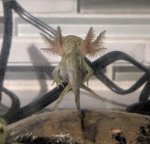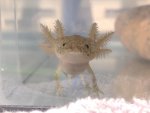Biev
New member
Hi everyone, I've decided to add a page on my website describing common axolotl illnesses. My main goal is to educate people about proper axolotl husbandry, and the importance of proper aquarium cycling. It would help me a lot if I had pictures to accompany the description of each health issue. I don't want to steal pictures from the internet, and most pictures feature fish anyway. I'd be really grateful if you allowed me to use any picture you might have of the following health problems:
Ammonia poisoning
Columnaris
New tank syndrome
Nitrite poisoning
Saprolegnia (fungus)
I will gladly credit you for the images if you like, just let me know what you want the credit line to say. Since the goal of my site is education, I am licensing its contents under creative commons attribution 4.0 unless otherwise specified. If you don't want people to be able to reuse your image, let me know so I can add a copyright or license of your choice.
If there's anything else you think I should cover, I'm very open to suggestions. Thanks!
https://www.watercritters.ca/2018/04/01/axolotl-diseases/
Ammonia poisoning
Columnaris
New tank syndrome
Nitrite poisoning
Saprolegnia (fungus)
I will gladly credit you for the images if you like, just let me know what you want the credit line to say. Since the goal of my site is education, I am licensing its contents under creative commons attribution 4.0 unless otherwise specified. If you don't want people to be able to reuse your image, let me know so I can add a copyright or license of your choice.
If there's anything else you think I should cover, I'm very open to suggestions. Thanks!
https://www.watercritters.ca/2018/04/01/axolotl-diseases/

